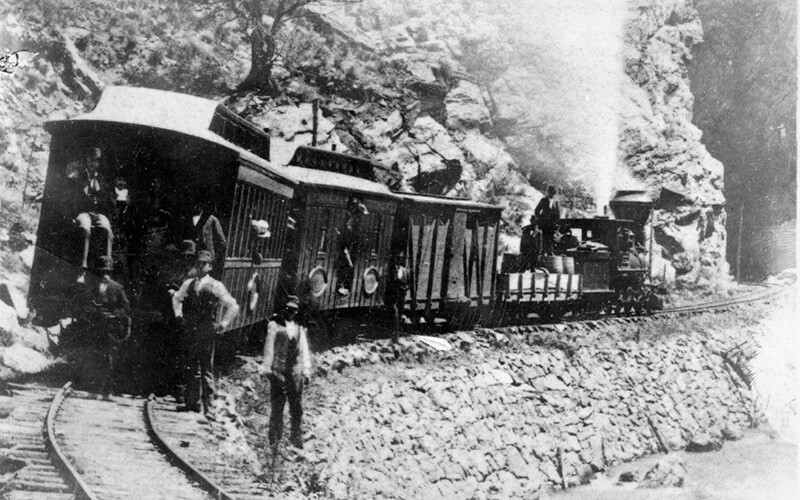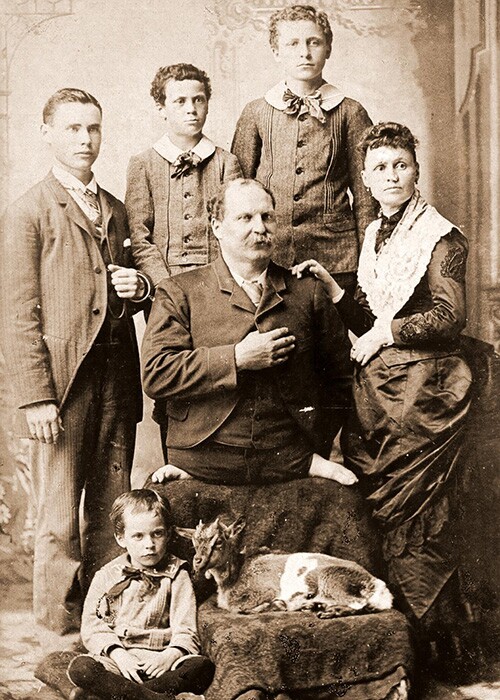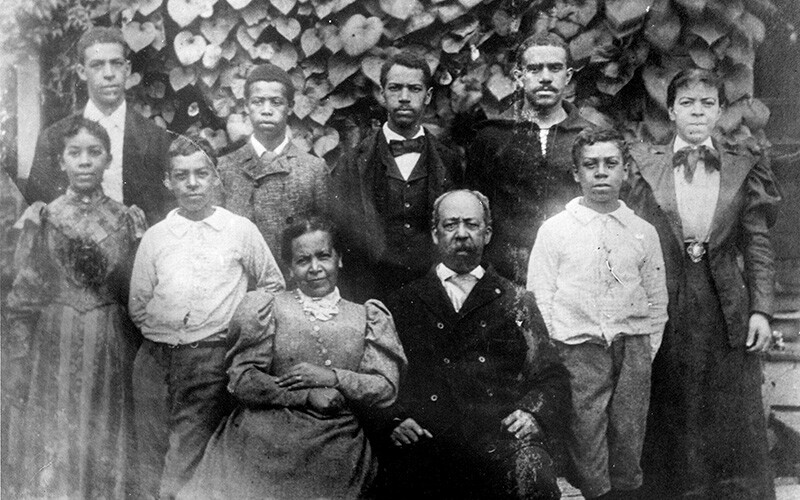Every 10 years since 1790, the United States conducts a census of its residents. The tenth census, taken in 1880, showed new milestones reached in the nation’s growth. The 1880 census is also crucial for genealogists, since it asked new questions that help reconstruct family groups and find their origins. Here’s what you’ll want to know about finding your relatives in the 1880 census.
What Was the 1880 Census Date?
The official 1880 census date was June 1, 1880. Census-takers couldn’t visit everyone in the country on the same date, of course—this was just the start date. From that date forward, everyone’s answers—about age, marital status, occupation, household members, and more—were to reflect things as they were on June 1.
What Did the 1880 Census Show?
The 1880 census was a window into the nation during a time of great growth and change. Results showed the population had surpassed 50 million people, a 26% increase since the 1870 census. Cities were growing, too. For the first time, a single city numbered more than a million inhabitants; New York City, New York, reported 1.2 million residents, and the neighboring city of Brooklyn had topped a half million.

But growth wasn’t limited to urban areas. A great expanse of western lands had become more settled, including Dakota, Nebraska, Kansas, Texas, and parts of the Rockies and the Pacific coast. Railroads, mining, lumbering, and agriculture had pushed settlement deeper into Wisconsin, Michigan, Minnesota, Texas, Montana, Idaho, and eastern Dakota. Farmers had migrated to northeastern Maine. Many sparsely-peopled regions had filled in significantly, such as the Adirondack and Appalachian Mountains, the Florida peninsula, and the Louisiana coast.
The percentage of residents born outside the United States—about 13%—remained fairly steady compared to the previous 20 years. Immigration statistics showed that arrivals from continental European nations and the British North American provinces rose during the 1870s. So did Chinese immigration, after the Burlingame Treaty made it easier for Chinese workers.

What Can I Find in the 1880 Census?
The 1880 census asked 26 questions about each person, compared to 20 questions from the 1870 census. For the first time, the 1880 census requested a person’s relationship to the person listed as the head of household in their home (this was typically a husband or father, if he was present in the home). This was also the first listing of street addresses, marital status, and the birthplaces of each parent. Other new questions related to unemployment, illness, and specific medical issues were added, as well as the month of a birth or marriage that occurred within the previous year.
Information requested for each person includes:
- Street name and house number
- Name, sex, and age of every person in a household
- Color (if left blank, it was assumed the person was white; mixed-race persons of African descent were to be described as “mulatto”)
- Month born or wed (if it occurred during the previous year)
- Whether single, married, widowed, or divorced
- Profession, occupation, or trade
- Whether ill, blind, “deaf and dumb,” “idiotic,” “insane,” disabled, unable to read, or unable to write
- Whether attended school in the past year
- Birth date and birthplace of each parent (U.S. state or territory, or country)
How Do I Find Someone in the 1880 Census?
You can search the 1880 census for free here at FamilySearch. Enter the first and last name of a relative as it would have been in 1880. If known, add an approximate year of birth and where they would have lived at the time of the 1880 census.
To narrow your search results more, click on the button below to take you to the 1880 census collection. Here, you can add more information, such as the name of a spouse, when they were married, their occupation, and more.
If you don’t find the person you’re looking for, it’s possible the name was spelled or transcribed differently than you might have expected. Try different spellings or any known nicknames or abbreviations. Search for a likely household member whose name might be more recognizable. You can also try finding the location and household members in the 1870 and 1900 censuses (the 1890 census was almost entirely destroyed). Those clues might help you find the person in 1880.

If you’re still struggling, you can scroll down and click to browse through the census images. Select the appropriate place-names down to the locale, and then page through the images to see whether you can find the person.
If you still can’t find someone, it’s possible he or she was not enumerated or was enumerated under another name or description. If you don’t find this person in other records during and after this time period, it’s possible the person was no longer living.
What Was Life Like in 1880?
Many events occurred during the decade leading up to the 1880 census. Explore these and consider the impact they may have had on your relatives’ lives.
Ready to explore the 1880 census for free?















